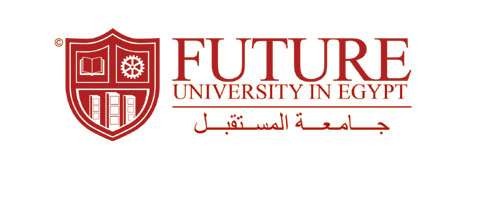Abstract :
Objectives : To evaluate the effects of one versus four weeks reactivation of the elastomeric chain on the rate of orthodontic tooth movement (OTM) and supporting structures.
Methods: The 3rd maxillary premolars of 8 male mongrel dogs were extracted. Custom made appliance was constructed so that the 2nd premolars were allowed to slide bodily. An elastomeric chain with calibrated force of 150g was attached to the hooks of soldered tubes on the 2nd premolar’s crowns. The sample was divided into two groups based on the interval of reactivation of the elastomeric chains used for tooth movement where in group I activation was scheduled every one week versus four weeks in group II. Measurements of the amount and rate of OTM were performed every week for 12 weeks using digital caliper. The animals were then sacrificed and specimens were prepared for decalcified histological examination using Hematoxylin and Eosin stains under light microscope.
Results: No remarkable difference in the rate of OTM between the two groups was reported. The total amount of tooth movement in group I was 1.44mm ± 0.5 compared to 1.46mm ± 0.6 in group II. Histological examination revealed a more favorable tissue reaction associated with 4 weeks reactivation as regards the new formed bone, root resorption and periodontal ligament structure.
Conclusion: Altering the reactivation interval of the elastomeric chains from four to one week doesn’t have a significant impact on the rate of OTM. However, four weeks reactivation interval showed a more favorable tissue reaction associated with orthodontic tooth movement.
